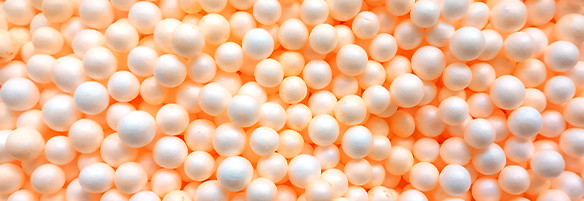PHYSICAL PROPERTIES OF N-PENTANE
| PARAMETER | UNIT | TYPICAL VALUES |
|---|---|---|
| HSN Code | 2901000 | |
| CAS Number | 109-66-0 | |
| Molar Mass | g/mol | 72.15 |
| Physical Appearance | liquid, colorless | |
| Odour | Odourless | |
| Density at 15 °C | g/cm3 | 0.63 |
| Melting Point | °C | -130 |
| Boiling Point | °C | 36 |
| Flash Point | °C | -49 |
| Vapour Pressure at 20 °C | kPa | 56.2 |
| Refractive Index | 1.3575 |

- N-Pentane is a chain-like hydrocarbon from the alkane group with the chemical formula C5H12. It is the straight representative of the Pentane isomers.
- N-Pentane is almost insoluble in water, but shows very high solubility or unlimited miscibility with many organic solvents such as paraffins, ethers, esters, aromatics or chlorinated hydrocarbons.

Application
Like all alkanes (paraffins, saturated hydrocarbons), n-Pentane is a very suitable solvent for non-polar substances. Very pure, aromatics-free N-Pentane is used in the pharmaceutical industry for the purification of APIs (active pharmaceutical ingredients).
Due to increasingly strict regulations aimed at protecting the ozone layer and stopping global warming, N-Pentane is an ideal substitute for chlorinated and fluorinated hydrocarbons for foaming polystyrene or polyurethane. Specifically, in combination with Iso-Pentane it is used for the production of Polystyrene (PS).

- Very non-polar solvent
- Blowing agent for Polystyrene foam and Polyurethane foam
- Packaging and insulating material
- Process medium for polyethylene, especially LLDPE
- Refrigerant R601
Polyethylene (PE) is the most widely produced plastic in the world. Ethanol is polymerized in gaseous form in modern plants. The dust-fine plastic beads must be cooled after the reaction so that they become solid and do not stick to the equipment. Liquid N-Pentane is injected into the gas stream. It evaporates, cooling the reaction. The N-Pentane can then be condensed and reused.


